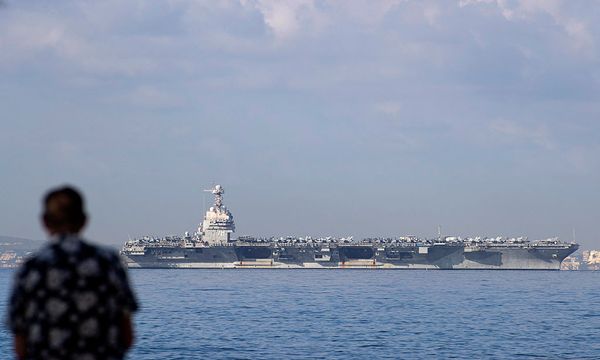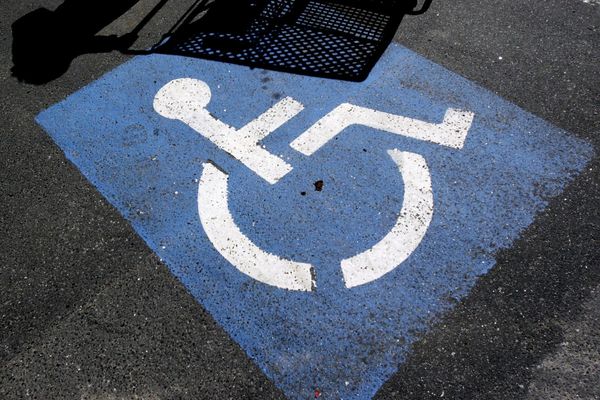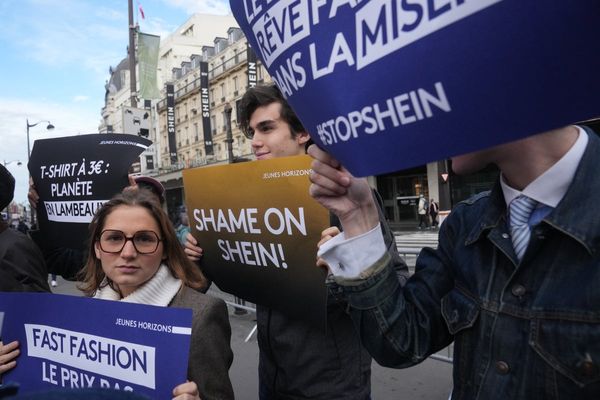
Donald Trump will enter the White House for a second time on Jan. 20. Governments the world over are bracing for a new round of tariffs, a term the incoming president has called “the most beautiful word in the dictionary.”
While on the campaign trail, Trump pledged to impose tariffs on several economies, particularly China’s. Just a few weeks ago, Trump took to Truth Social, his social media platform, to promise new duties on China, Mexico, and Canada the moment he takes office.
Trump launched a trade war against China during his first term in office, pushing companies to diversify their supply chains to avoid tariffs. The COVID pandemic also disrupted China-based supply chains, further accelerating plans to diversify.
Southeast Asian economies, particularly Vietnam, benefited from these changes.
The first Trump trade war allowed the “ASEAN-6”—Indonesia, Malaysia, the Philippines, Singapore, Thailand, and Vietnam—to capture a larger share of global exports in “varied sectors spanning from electronics, advanced manufacturing, to resource-based and downstream industries,” says Chua Han Teng, a Southeast Asia economist at DBS, the region’s largest bank.
Chua expects growth in the region’s six largest economies to average 4.9% in 2025. But he warns that higher U.S. tariffs could pressure the region’s key growth engines, exports and manufacturing.
Vietnam under threat
Analysts fear that Vietnam—one of the region’s biggest beneficiaries of companies “reshoring” their supply chains—is the most exposed to a new Trump trade war.
Vietnam now has the third-largest trade surplus with the U.S., after China and Mexico, according to Priyanka Kishore, principal economist at consulting firm Asia Decoded.
That puts the Southeast Asian country at risk of scrutiny from a Trump administration obsessed with bilateral trade flows.
“We expect Vietnam to be the only Southeast Asian economy the Trump administration will implement higher tariffs on when he gets into office,” says Sheana Yue, an economist with Oxford Economics. She expects that the Trump administration will want to protect sectors like manufacturing, metals, and electronics—all now sources of strength for Vietnam owing to shifting supply chains.
Chua, from DBS, also points out that Washington is monitoring Vietnam for possible currency manipulation. In early November, the U.S. stated that none of its major trading partners were manipulating their currencies, but put Vietnam on its “monitoring list,” alongside economies like China, Taiwan, and Germany.
Singapore faces an indirect threat
Singapore, Southeast Asia’s business hub, has a trade deficit with the U.S. It’s also the only Southeast Asian economy to have a free-trade agreement with Washington.
Analysts think Singapore’s small economy doesn’t have to fear any direct threat from Trump’s trade policy. Instead, the risk is that a disruption to the global trading system threatens Singapore’s trade- and export-oriented economy.
“Among the ASEAN-6 countries, Vietnam and Singapore are the most highly trade dependent, making their current resilient outlooks quite vulnerable to any global economic and trade slowdown induced by higher tariffs and elevated policy uncertainty,” Chua says.
How will the rest of ASEAN fare?
Chua thinks that while no country is free from the risk of getting slapped with a blanket 10% tariff by the U.S., China will remain the Trump administration’s immediate focus. Trump has appointed several China hawks, like Sen. Marco Rubio (R-Fla.), to key positions in his administration.
Pressure on China could mean that the ASEAN-6 region could still benefit from an “ongoing wave” of investment driven by diversifying supply chains.
Malaysia is a key player in the chip supply chain, increasingly the focus of U.S. national security concerns. While it exports semiconductor products to the U.S., Malaysia’s chip sector focuses on areas like testing, assembly, and packaging, areas that Washington, as of now, is less worried about. Yue of Oxford Economics also notes that many U.S. semiconductor firms have a strong presence in Malaysia.
Yet Yue warns that it’s hard to predict what a Trump administration might do.
Even a country like Thailand, a longtime U.S. security ally, could face tariffs. The U.S. has a trade deficit with Thailand; the country also taxes U.S. imports at a higher rate than what Washington charges on goods from Thailand.
That’s a risky combination in the Trump era. Together, that could be an excuse for Trump to slap higher tariffs on Thailand, if “one day [he] decides that Thailand has stepped on his nerves for whatever reasons,” Yue warns.







